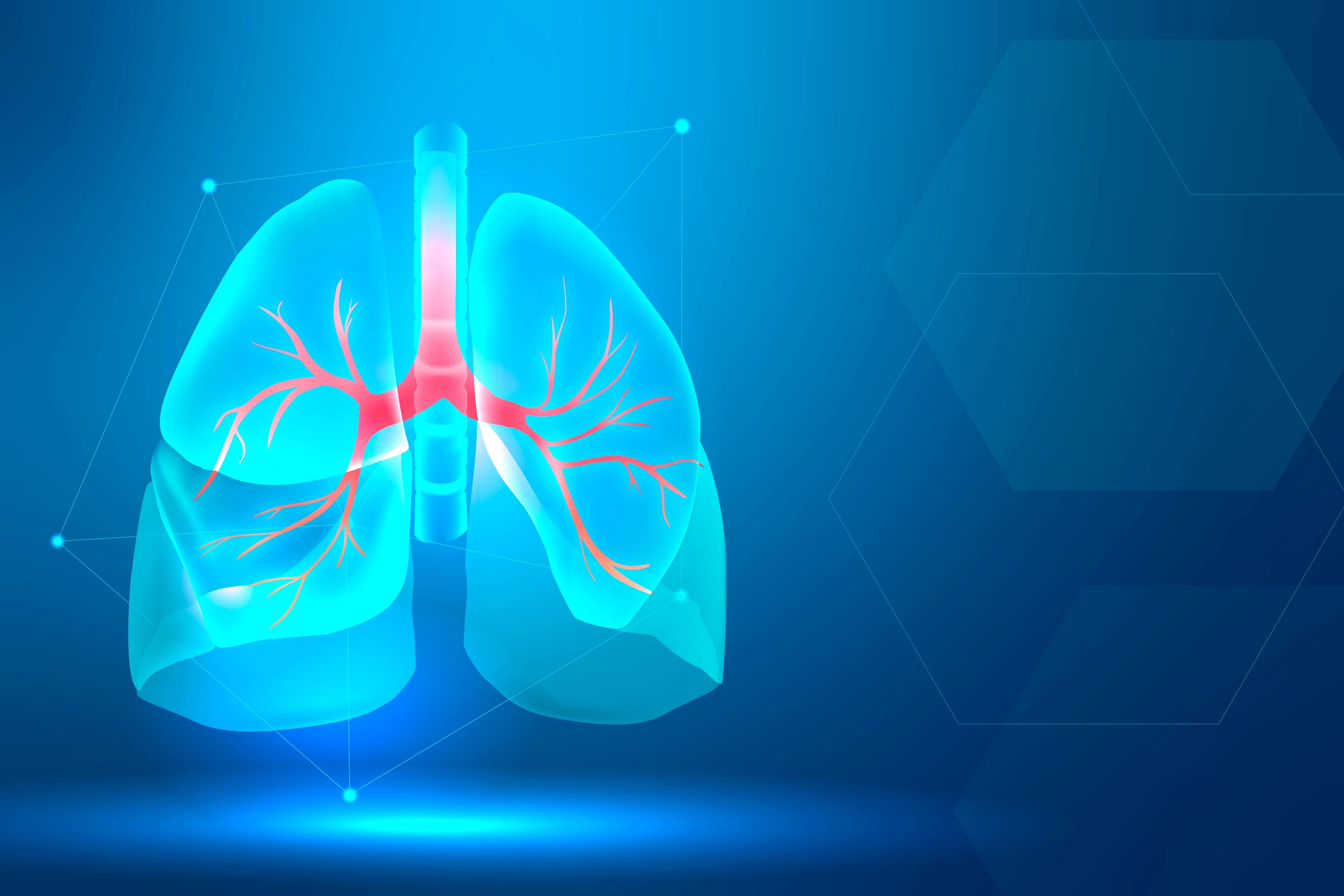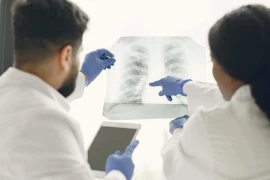
Chronic Obstructive Pulmonary Disease (COPD)
- Chronic Obstructive Pulmonary Disease (COPD)
- What is Chronic Obstructive Pulmonary Disease?
- What Causes Chronic Obstructive Pulmonary Disease?
- What are the Precautions to be Taken Against Chronic Obstructive Pulmonary Disease?
- What are the Treatment Methods for Chronic Obstructive Pulmonary Disease?
What is Chronic Obstructive Pulmonary Disease?
Chronic Obstructive Pulmonary Disease (COPD) is a progressive respiratory condition that affects the lungs and makes it difficult for people to breathe. The condition is usually caused by long-term exposure to irritants such as cigarette smoke, air pollution, and other environmental factors that damage the lungs over time.
COPD is a term that encompasses several respiratory conditions, including chronic bronchitis and emphysema. In chronic bronchitis, the air passages in the lungs become inflamed and produce excessive mucus, leading to coughing and difficulty breathing. Emphysema is a condition in which the air sacs in the lungs are damaged, making it difficult to exchange oxygen and carbon dioxide.
The symptoms of COPD can include shortness of breath, wheezing, chest tightness, chronic cough, and increased mucus production. These symptoms can worsen over time, and in severe cases, COPD can lead to respiratory failure and other complications.
While there is no cure for COPD, treatments such as medications, oxygen therapy, and pulmonary rehabilitation can help manage symptoms and improve quality of life for people living with the condition. Quitting smoking and avoiding exposure to environmental irritants can also help prevent or slow the progression of COPD.
What Causes Chronic Obstructive Pulmonary Disease?
Chronic Obstructive Pulmonary Disease (COPD) is primarily caused by long-term exposure to irritants that damage the lungs, with cigarette smoke being the most common cause. Other environmental factors that can contribute to COPD include exposure to air pollution, secondhand smoke, dust, and chemical fumes.
In some cases, genetic factors can also play a role in the development of COPD. A rare genetic condition called alpha-1 antitrypsin deficiency can increase the risk of developing COPD, as the condition causes the body to produce low levels of a protein that helps protect the lungs from damage.
Smoking is the leading cause of COPD, with up to 90% of cases attributed to smoking. When a person smokes, the harmful chemicals in the tobacco smoke damage the air passages in the lungs, causing inflammation, narrowing of the airways, and the destruction of the air sacs that help with gas exchange. Over time, this damage can lead to the development of COPD.
Exposure to other irritants, such as air pollution and chemical fumes, can also cause damage to the lungs and increase the risk of developing COPD, particularly in people who have existing lung conditions or other risk factors.
What are the Precautions to be Taken Against Chronic Obstructive Pulmonary Disease?
There are several precautions that can be taken to help prevent Chronic Obstructive Pulmonary Disease (COPD) and manage symptoms in people who have already been diagnosed with the condition. Here are some key precautions:
- Quit smoking: If you smoke, quitting is the single most important step you can take to prevent COPD or slow its progression. Smoking is the leading cause of COPD, and quitting can help improve lung function and reduce symptoms.
- Avoid exposure to irritants: Avoid exposure to air pollution, dust, chemical fumes, and other environmental irritants that can damage the lungs. If you work in an environment with these irritants, take precautions such as wearing a mask or other protective equipment.
- Exercise regularly: Regular exercise can help improve lung function and reduce the risk of exacerbations. Talk to your doctor about the best exercise plan for you.
- Follow a healthy diet: Eating a balanced diet that includes plenty of fruits, vegetables, whole grains, and lean protein can help support lung function and overall health.
- Manage stress: Stress can exacerbate COPD symptoms, so finding ways to manage stress, such as through relaxation techniques or counseling, can help improve symptoms.
- Get vaccinated: Respiratory infections can exacerbate COPD symptoms, so getting vaccinated against the flu and pneumonia can help reduce the risk of infections.
- Follow your treatment plan: If you have been diagnosed with COPD, following your treatment plan, including taking medications as prescribed, using oxygen therapy if needed, and attending pulmonary rehabilitation, can help manage symptoms and improve quality of life.
What are the Treatment Methods for Chronic Obstructive Pulmonary Disease?
The treatment methods for Chronic Obstructive Pulmonary Disease (COPD) typically involve a combination of medications, lifestyle changes, and in some cases, surgical interventions. Here are some of the common treatment methods:
- Bronchodilators: These medications help to relax the muscles around the airways in the lungs, making it easier to breathe. They are often delivered via inhaler or nebulizer.
- Corticosteroids: These medications help to reduce inflammation in the airways, and can be taken orally, inhaled, or injected.
- Oxygen therapy: Oxygen therapy may be recommended in more severe cases of COPD, to help improve breathing and deliver more oxygen to the body.
- Pulmonary rehabilitation: This involves a combination of exercise, education, and breathing techniques, to help improve lung function, reduce symptoms, and increase quality of life.
- Surgery: In some cases, surgical interventions such as lung volume reduction surgery or a lung transplant may be recommended for people with advanced COPD.
- Quitting smoking: If a person with COPD is a smoker, quitting is the most important step they can take to manage the condition and prevent further damage to the lungs.
- Avoiding triggers: Avoiding triggers such as air pollution, dust, and chemical fumes, can help reduce symptoms and prevent exacerbations.
Treatment for COPD is typically tailored to the individual, based on the severity of the condition and the person's specific symptoms and needs. A doctor can work with a person to develop a treatment plan that works best for them.





